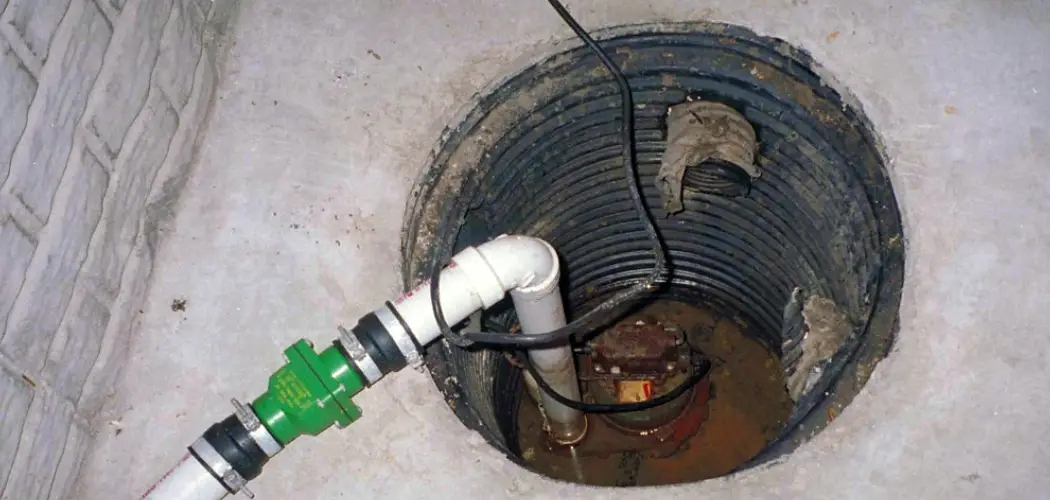Clogged sewer drains in the basement can be a major inconvenience and can lead to significant damage if not taken care of properly. Knowing to unclog a sewer drain in the basement is essential for any homeowner or renter, as it can save you time, money, and headaches. In this guide, we’ll discuss the importance of unclogging a sewer drain in the basement, as well as some tips and tricks to help you effectively tackle this task.
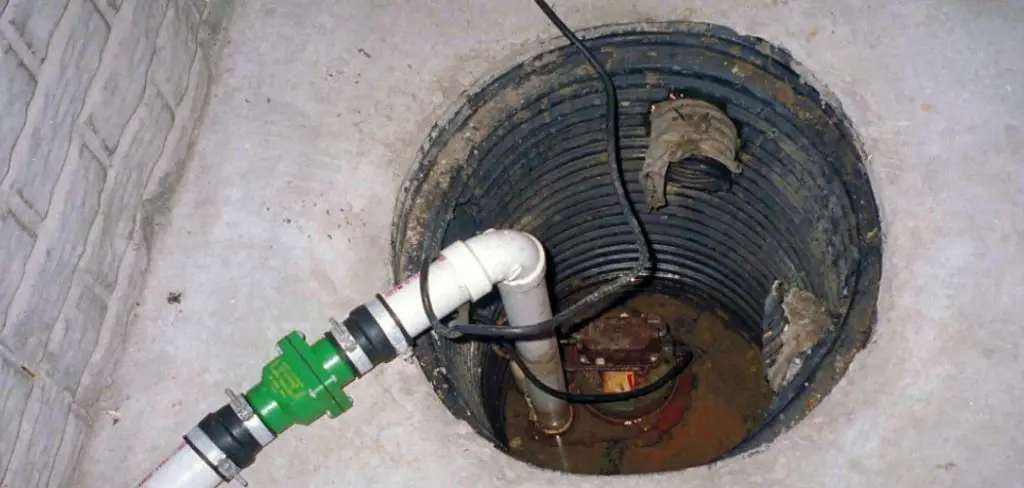
The main advantage of unclogging a sewer drain in the basement is that it can save you from costly repairs and prevent further damage to your home. A clogged sewer drain in the basement can lead to sewage backups, which not only create a foul odor but also cause health hazards and potential water damage. Read this blog post to learn how to unclog a sewer drain in the basement.
Step-by-step Instructions for How to Unclog a Sewer Drain in the Basement
Step 1: Inspect the Drain
Before attempting to unclog a sewer drain in the basement, it is important to first inspect the drain. Look for any visible blockages such as hair, grease or debris that may be causing the clog. If you can see and easily remove these items with gloves or tongs, do so before proceeding.
Step 2: Gather Supplies
To successfully unclog a sewer drain in the basement, you will need a few supplies on hand. These may include a plunger, plumber’s snake, baking soda and vinegar, or chemical drain cleaners. It is important to have these supplies ready before starting the unclogging process.
Step 3: Protect Yourself
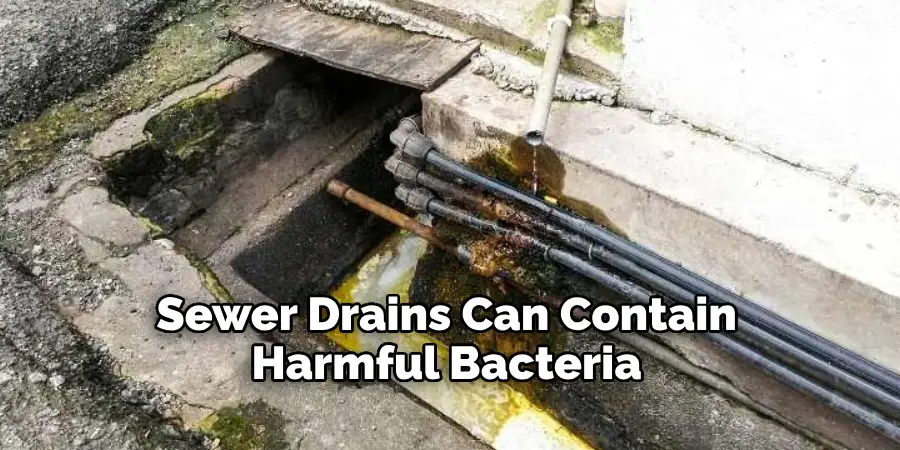
Sewer drains can contain harmful bacteria and chemicals that can be hazardous to your health. It is recommended to wear gloves, eye protection, and a face mask when attempting to unclog a sewer drain in the basement.
If you are using a plunger to remove the clog, make sure it is clean before using it. Fill the sink or tub with enough water to cover the rubber part of the plunger. This will create a seal around the drain and provide better suction.
Step 4: Plunge Away
Place the plunger over the drain and plunge vigorously for several minutes. This will create pressure that can help dislodge the clog. If the water doesn’t start draining, repeat this step a few times before moving on to other methods.
If the plunger doesn’t work, you can try using a plumber’s snake. Insert the end of the snake into the drain and turn it clockwise while pushing it further down into the pipe. This should help break up or remove any solid blockages.
Step 5: Use Baking Soda and Vinegar
A natural alternative to chemical drain cleaners is a mixture of baking soda and vinegar. Pour half a cup of baking soda into the drain, followed by half a cup of vinegar. Let it sit for 15-30 minutes before flushing with hot water.
If all else fails, you can try using chemical drain cleaners. These are strong chemicals that can effectively dissolve clogs in the sewer drain. However, they can also be harmful to pipes and should be used sparingly.
Step 6: Enlist Professional Help
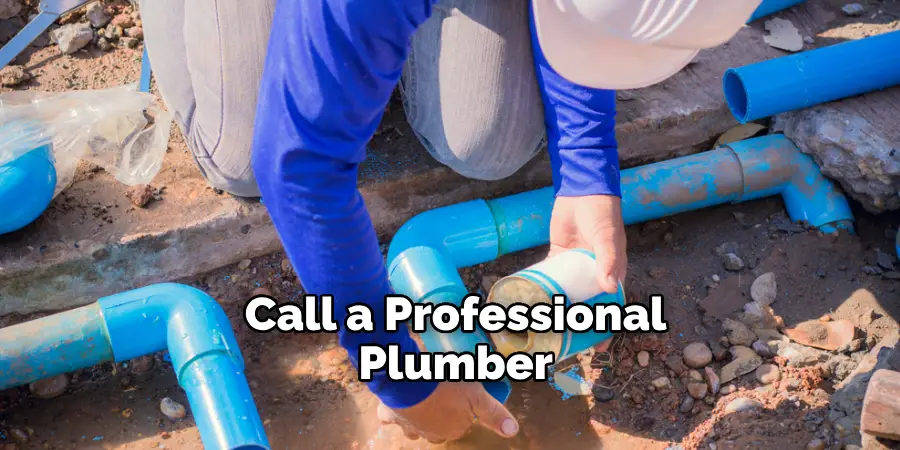
If none of these methods work, it may be time to call a professional plumber. They have specialized tools and knowledge to unclog even the most stubborn sewer drains in the basement.
To avoid future clogs in the basement sewer drain, make sure to properly dispose of grease and food scraps, use a hair catcher in the shower or tub, and regularly flush hot water down the drain to keep it clear.
By following these steps, you can successfully unclog a sewer drain in the basement and prevent further issues. Remember to always take precautions and wear protective gear, and don’t hesitate to seek professional help if needed.
Precautions for How to Unclog a Sewer Drain in the Basement
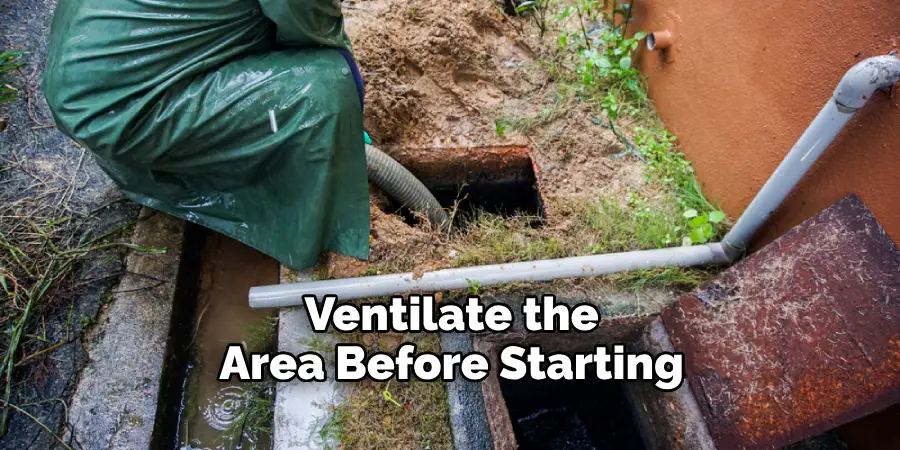
- Before attempting to unclog a sewer drain in the basement, it is important to wear proper protective gear such as gloves, goggles, and boots. This will prevent any potential hazards from coming into contact with your skin or eyes.
- In order to avoid further clogging or flooding, it is crucial to turn off the water supply before attempting to remove any blockages.
- Use caution when handling any tools such as plungers, snakes, or chemicals. Read the instructions carefully and follow them step by step to avoid accidents.
- Make sure to ventilate the area before starting any unclogging process. This will prevent any harmful fumes from accumulating in the basement.
- Avoid using harsh chemical drain cleaners as they can damage your pipes and cause potential harm to the environment.
- If you are unsure about unclogging a sewer drain in the basement, it is best to seek professional help. Trying to fix the issue on your own may result in further damage or injury.
- Regular maintenance of your drains can prevent clogging in the first place. Consider using natural solutions like baking soda and vinegar to keep your drains flowing smoothly.
By following these precautions, you can unclog a sewer drain in the basement effectively and without any accidents or damage. Remember to always prioritize safety when dealing with any plumbing issues.
What Are the Common Causes of a Clogged Sewer Drain in the Basement?
A clogged sewer drain in the basement can be a major inconvenience and cause significant damage if left untreated. It is important to address the issue promptly to prevent further complications. But before we dive into unclogging a sewer drain in the basement, let’s first understand some of the common causes of this problem.
1. Tree Roots
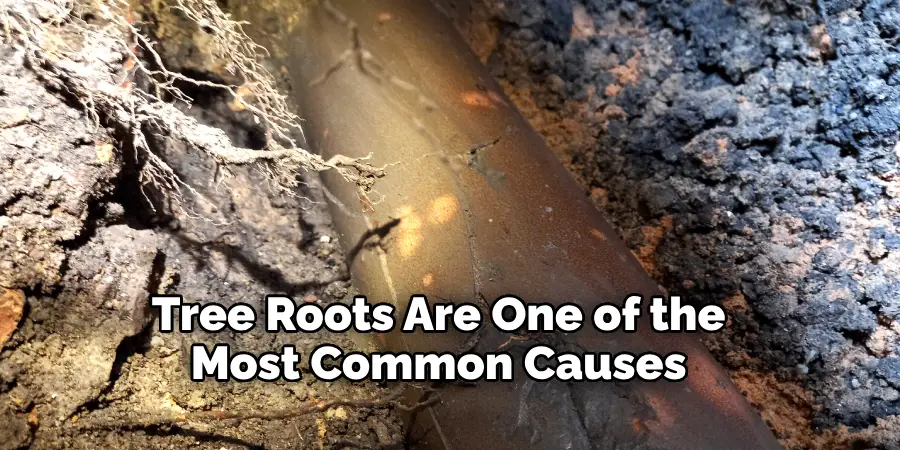
Tree roots are one of the most common causes of clogged sewer drains in the basement. Over time, tree roots can grow and invade your sewer line, causing blockages and even cracks in the pipes.
2. Grease Buildup
Pouring grease down your kitchen sink may seem harmless, but it can actually lead to a clogged sewer drain in the basement. As grease cools down, it solidifies and can stick to the walls of your pipes, trapping debris and causing a blockage.
3. Foreign Objects
Foreign objects such as paper towels, feminine hygiene products, and even children’s toys can accidentally end up in your sewer line and cause a clog. This is especially common if you have small children in the house.
4. Structural Issues
Older homes may have sewer lines made of clay or cast iron, which can deteriorate over time and cause blockages. Additionally, shifting soil or settling of the foundation can also lead to collapsed pipes and clogs.
5. Flushing Non-Flushable Items
Flushing items such as wipes, diapers, and cotton balls down the toilet may seem convenient, but they can easily clog your sewer drain in the basement. These items do not break down easily and can cause a major blockage.
Now that we understand some of the common causes of a clogged sewer drain in the basement, let’s move on to how to unclog it.
How Do You Prevent Future Clogs in Your Sewer Drain in the Basement?
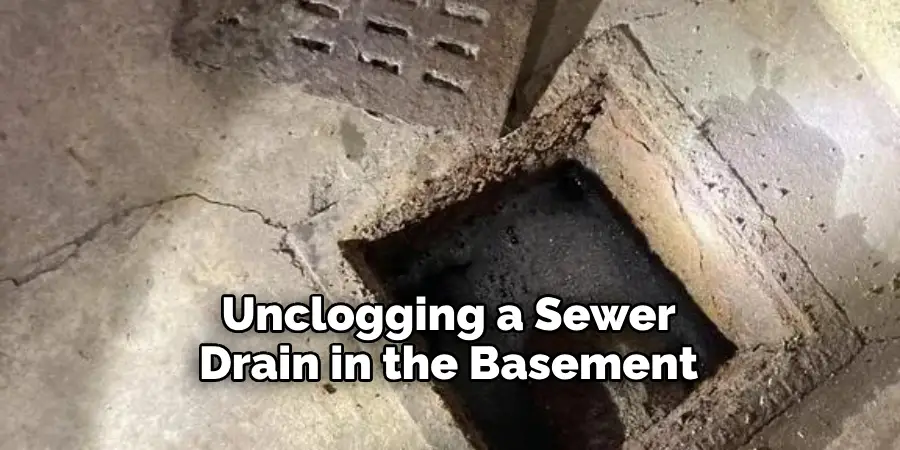
After successfully unclogging a sewer drain in the basement, it is important to take steps to prevent future clogs. This will not only save you from the hassle of dealing with another clog, but also help maintain the health and functionality of your plumbing system. Here are some tips on how to prevent future clogs in your sewer drain in the basement:
- Regularly Clean Your Sewer Drain: Regular maintenance is crucial in preventing clogs. You can use a mixture of hot water and vinegar to flush out any buildup or debris in the drain.
- Use a Hair Strainer: Hair is one of the most common causes of clogged drains. Placing a hair strainer over your bathtub or shower drain can prevent hair from going down the drain and causing clogs.
- Avoid Putting Grease Down the Drain: Grease and oil can solidify in your pipes, causing blockages. Instead of pouring them down the drain, collect them in a container and dispose of them properly.
- Do Not Flush Anything Other Than Toilet Paper: Only toilet paper should be flushed down the toilet. Other items such as wipes, paper towels, and feminine hygiene products can cause clogs in your sewer drain.
- Trim Tree Roots: If you have trees near your home, their roots may grow into your sewer pipes and cause clogs. Regularly trimming tree roots can prevent this from happening.
- Get Regular Plumbing Inspections: It is important to get your plumbing system inspected annually by a professional plumber. They can identify any potential issues and address them before they turn into major clogs.
By following these tips, you can prevent future clogs in your sewer drain in the basement and maintain a healthy plumbing system. Remember, prevention is always better than dealing with a clog! So, make sure to take care of your drains regularly and avoid costly repairs in the future.
Are There Any DIY Methods for Maintaining a Clear Sewer Drain in the Basement?
Having a clogged sewer drain in the basement can be a major inconvenience for homeowners. Not only does it create unpleasant odors and potentially cause water damage, but it also disrupts daily activities such as doing laundry or using the bathroom.
In addition to calling a professional plumber, there are some DIY methods that you can try to maintain a clear sewer drain in your basement. In this section, we will discuss some tips and tricks to help prevent clogs and keep your basement drain running smoothly.
1. Regularly Clean the Drain Grate
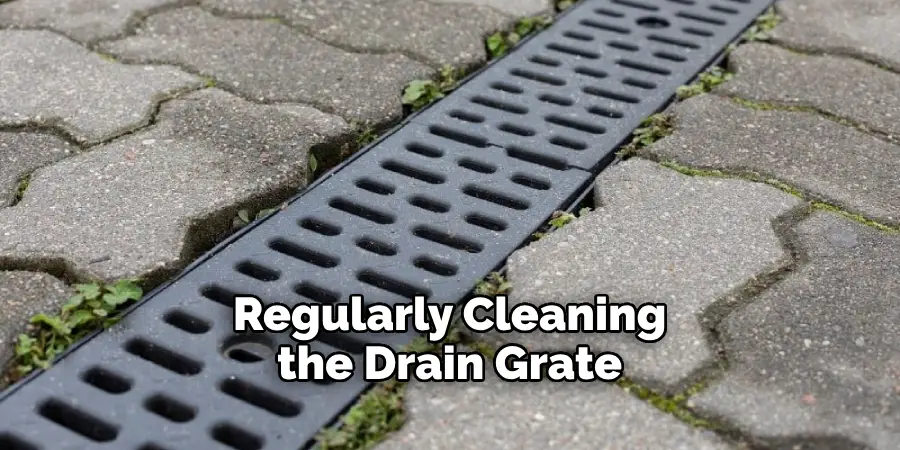
One of the simplest ways to maintain a clear sewer drain in the basement is by regularly cleaning the drain grate. This is especially important if you have trees or shrubs near your house, as their roots can often grow into the sewer lines and cause clogs. Use a garden hose to spray water into the grate and remove any debris or buildup that may be blocking the flow of water.
2. Use Enzyme Drain Cleaners
Enzyme drain cleaners are a popular choice for maintaining clear drains, as they are environmentally friendly and safe for use in both septic and municipal systems. These cleaners work by breaking down organic matter, such as hair and grease, that can build up in your plumbing system over time. Be sure to follow the instructions on the cleaner carefully and use it regularly to prevent clogs from forming.
3. Invest in a Drain Strainer
To prevent large debris from entering your sewer drain in the basement, consider investing in a drain strainer. These devices can be placed over your drain grate and will catch any hair, soap scum, or other debris that may otherwise cause a clog. Simply remove the strainer and clean it out regularly to keep your drain clear.
4. Avoid Flushing Non-Biodegradable Items
Many homeowners make the mistake of flushing non-biodegradable items down their toilets, which can easily lead to clogs in the sewer drain. Items such as paper towels, cotton swabs, and feminine products do not break down like toilet paper and can quickly clog your plumbing system. Be mindful of what you are flushing and dispose of non-biodegradable items properly.
In conclusion, while a clogged sewer drain in the basement may seem like a daunting problem, there are ways to prevent and maintain a clear drain. By regularly cleaning the drain grate, using enzyme cleaners, investing in a drain strainer, and avoiding flushing non-biodegradable items, you can keep your basement drain running smoothly.
Conclusion
In conclusion, having a clogged sewer drain in the basement can be a major inconvenience and potential health hazard if not addressed promptly. However, with the right knowledge and tools, it is possible to unclog the drain on your own without having to call a professional plumber.
Firstly, start by identifying the location of the clog. This can usually be found by locating the main cleanout, which is a large cap on the drain pipe. Once located, remove the cap and use a plumbing snake or auger to break up the clog and clear the blockage.
If using a plumbing snake or auger is not successful, another option is to create a homemade unclogging solution using baking soda and vinegar. This mixture can help dissolve any organic matter causing the clog. Alternatively, using a plunger may also be effective in dislodging the blockage. I hope this article has been beneficial for learning how to unclog a sewer drain in the basement. Make Sure the precautionary measures are followed chronologically

